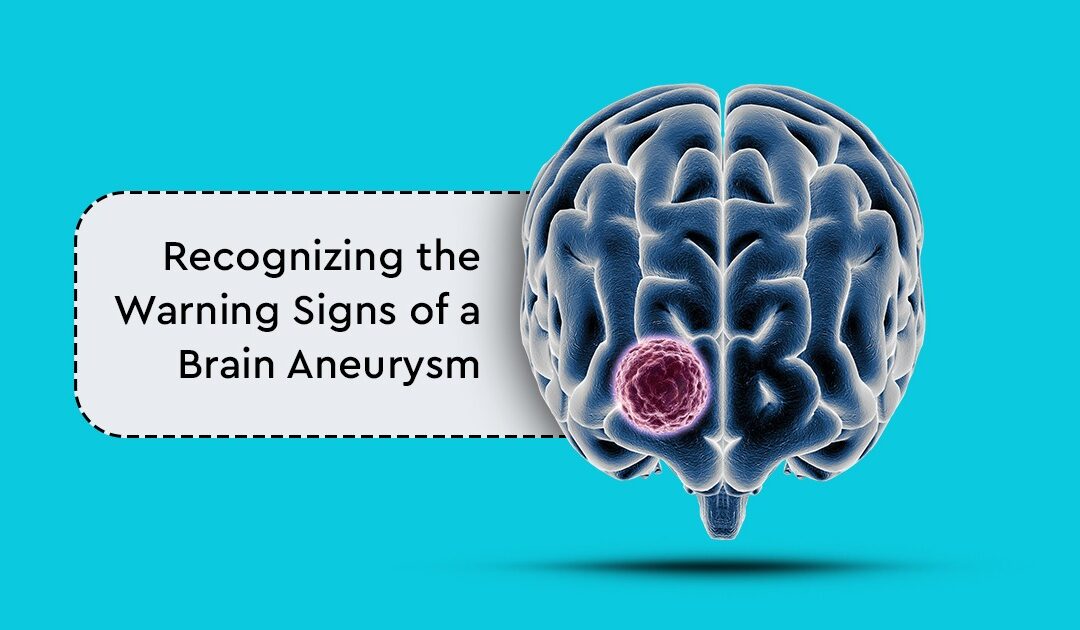A cerebral or intracranial aneurysm, or brain aneurysm, can be described as an outpouching or ballooning of an artery wall of the brain. Over time, the weakening of the vessel wall may go on to evolve into a blood-filled sac, or bulge, such as a blister. Most aneurysms exist in arteries at the base of the brain, where arteries split. Some aneurysms do not develop and never cause any further complications; however, others grow and press on the nearby nerves or structures. In the most severe cases, they may even rupture, with bleeding in or around the brain. Such bleeding is known as a subarachnoid hemorrhage, can rapidly become life-threatening, and needs to be addressed as an emergency.
What are the Types of Brain Aneurysms?
There are 4 certain brain aneurysms, each with its own characteristics:
- Saccular (Berry) Aneurysm: Most frequent, with a berry-like configuration on a pedicle, at times at points of bifurcation of arteries.
- Fusiform Aneurysm: The aneurysms are doughnut-shaped circumferentially around the artery with no defined neck.
- Giant Aneurysm: More than 2.5 cm; these are very complicated and dangerous.
- Traumatic and Mycotic Aneurysms: These occur as a result of trauma or infection, respectively, and are less common than the first two.
Who’s at Risk?
Anyone may develop a brain aneurysm, yet certain risk factors are
- Age and Sex: Most frequent between the ages of 30 and 60 years, and more frequent in females.
- Family History: If a close relative experienced a brain aneurysm, the risk is higher.
- Hypertension: Prolonged hypertension places vessel walls under more stress.
- Smoking: It damages the blood vessels and makes them more prone to development and rupture.
- Certain Medical Conditions: Some medical conditions, such as polycystic kidney disease, connective tissue disorders such as Ehlers-Danlos or Marfan syndrome, and atherosclerosis, make blood vessels fragile.
- Alcohol and drug abuse: Binge drinking and consumption of stimulant drugs (e.g., cocaine) are associated with increased risk.
- History of Aneurysm: A previous aneurysm that has already ruptured increases the risk of recurrence.
What are the Warning Symptoms of a Brain Aneurysm?
Most of the tiny, ruptured brain aneurysms are asymptomatic and are found on a scan for some other purpose. If symptoms do occur, they can be
- Headaches, especially if it is chronic, as well as non-normal headaches
- Eye discomfort or discomfort in an eye
- Pupillary dilation or drooping eyelid
- Double vision or other changes in vision
- Weakness or numbness in one side of the face
A burst aneurysm is abrupt. The most common symptom is the acute, extremely severe headache, which is also described as the worst headache of people’s lives. Other symptoms are
- Nausea and vomiting
- Stiff neck
- Sensitivity to light
- Double or fuzzy vision
- Confusion or an altered state of consciousness
- Seizures
- Weakness or numbness of the extremities
- Droopy eyelid
A rupturing aneurysm, on the other hand, can produce a severely painful headache days or weeks prior to a catastrophic rupture. If they clear up, they should never be dismissed.
Brain aneurysms are dangerous but typically silent threats. Patients and families, being well-educated about symptoms and risk factors, can be proactive in protecting their brains. In those with acute severe headache or neurologic change, prompt medical evaluation is indicated. If you or a loved one ever experiences a sudden, severe headache, vision changes, weakness, or any unusual neurological symptoms, don’t wait and seek medical attention immediately.

